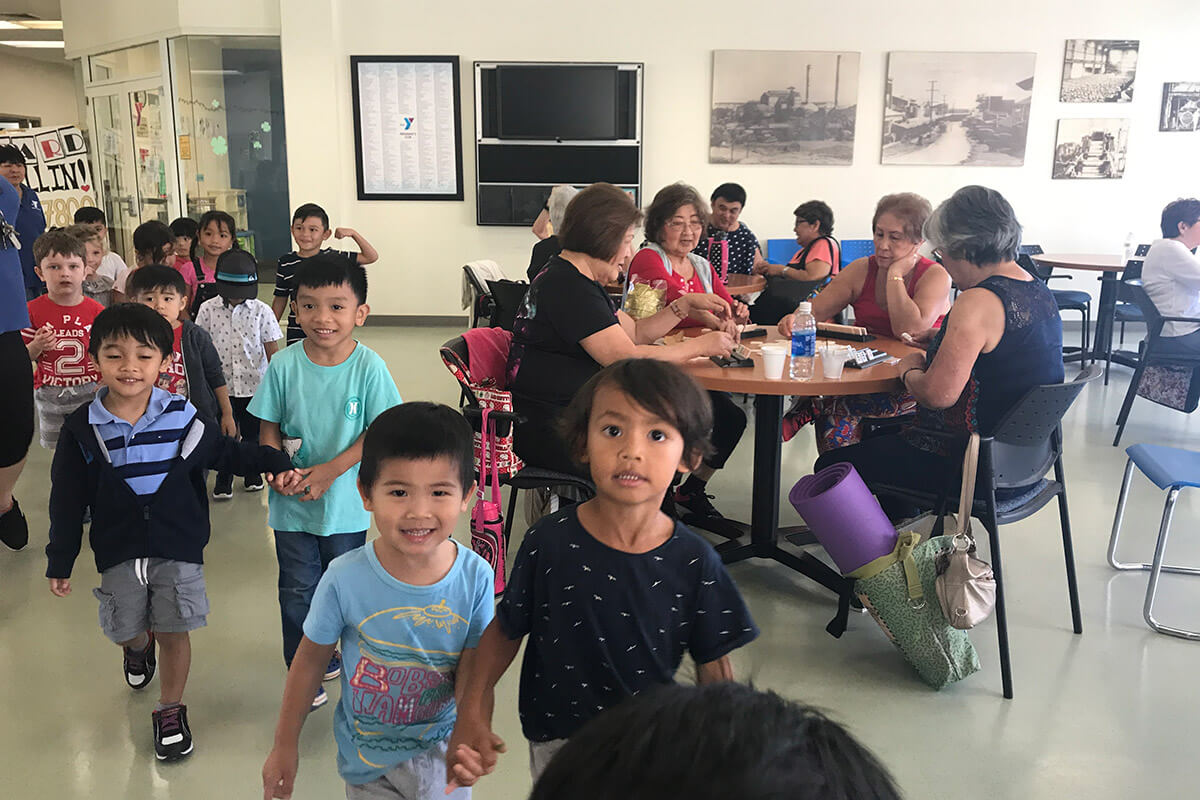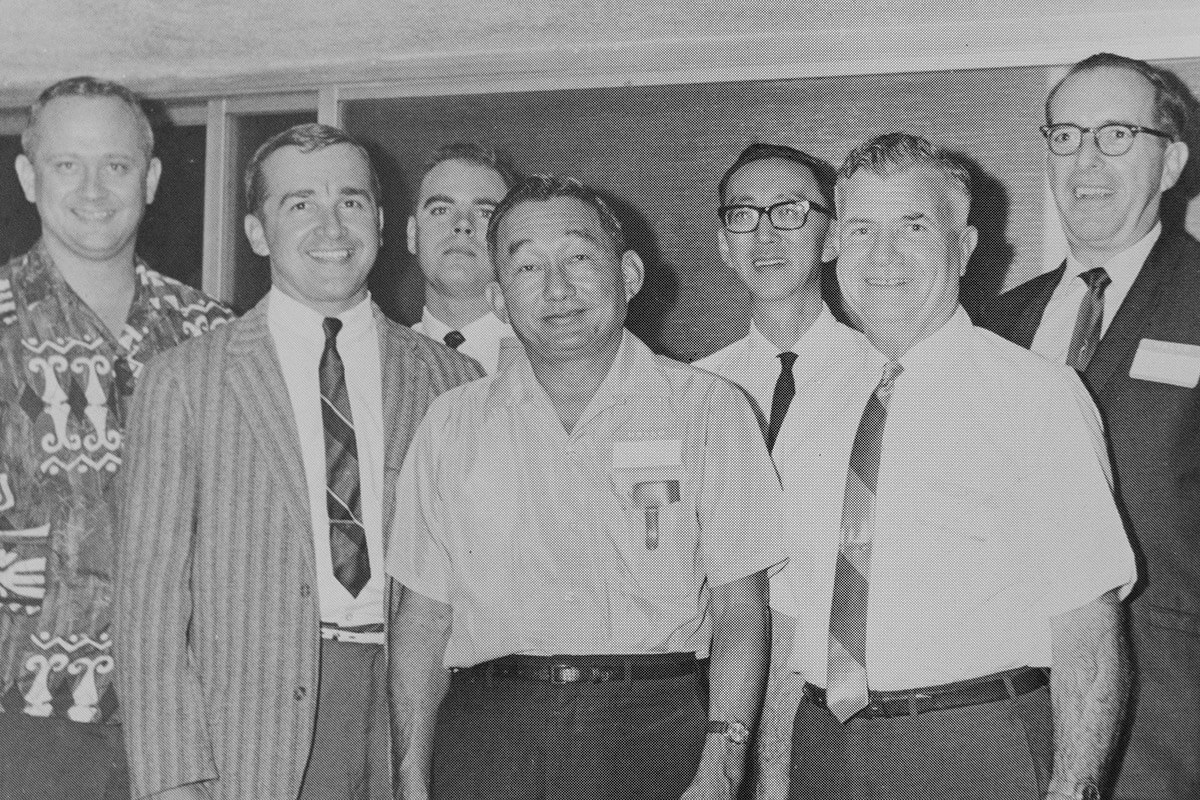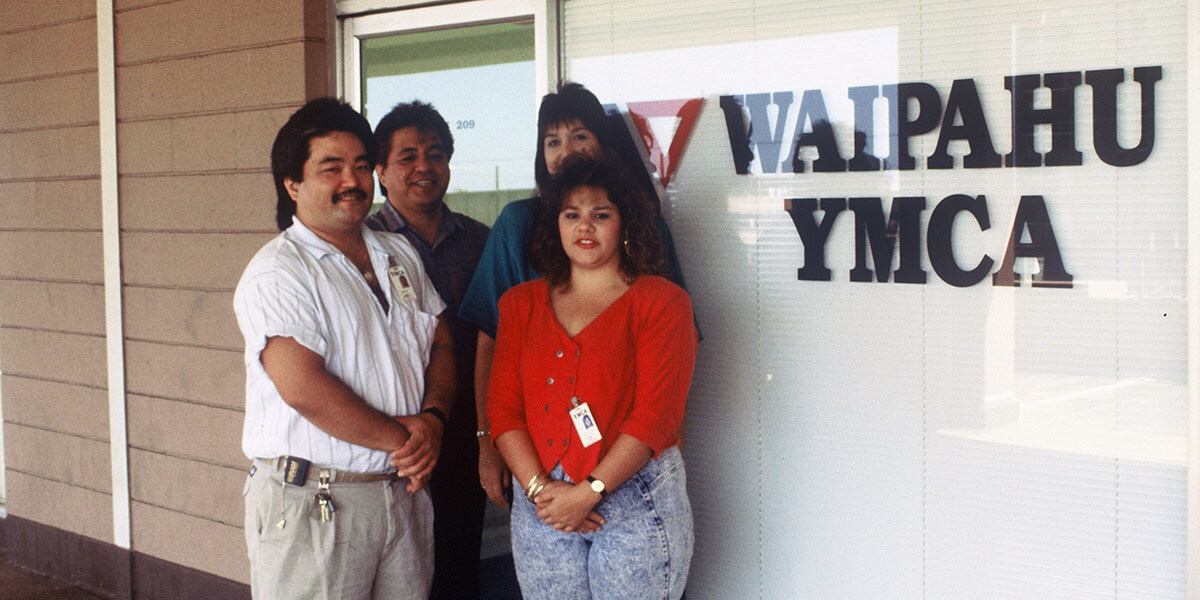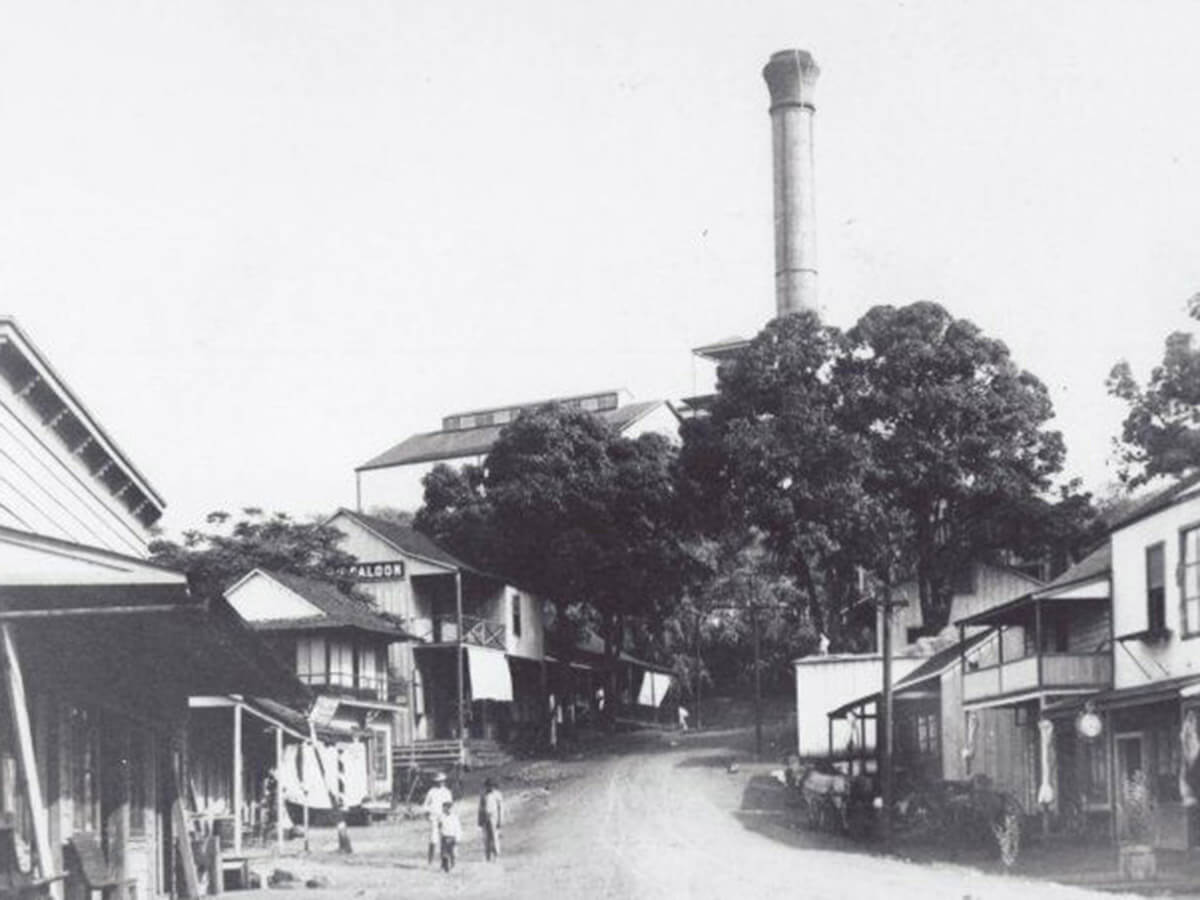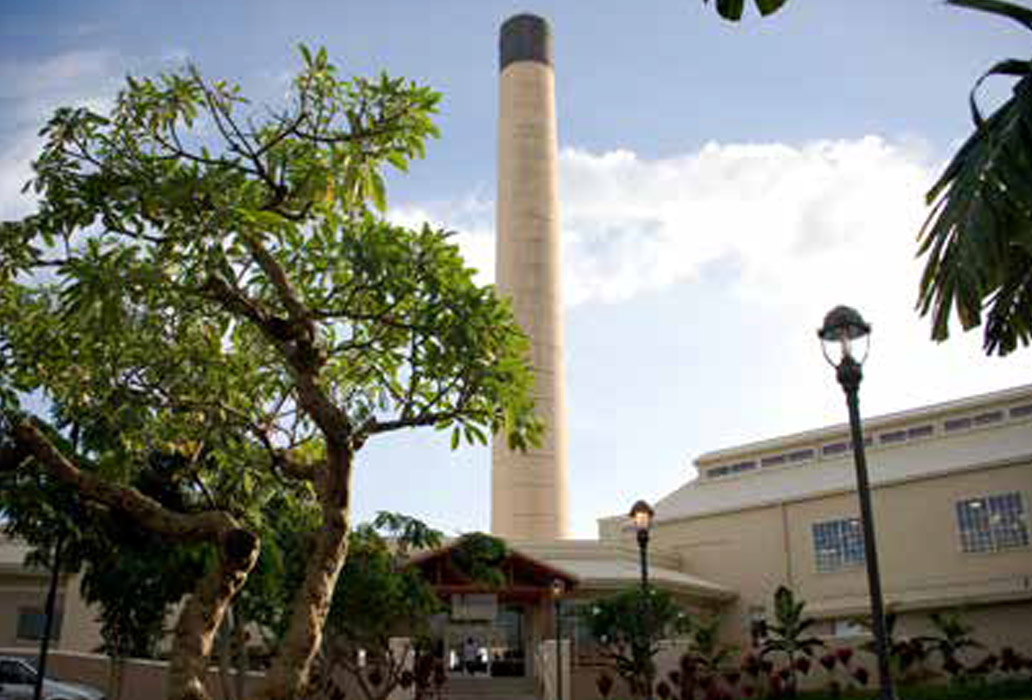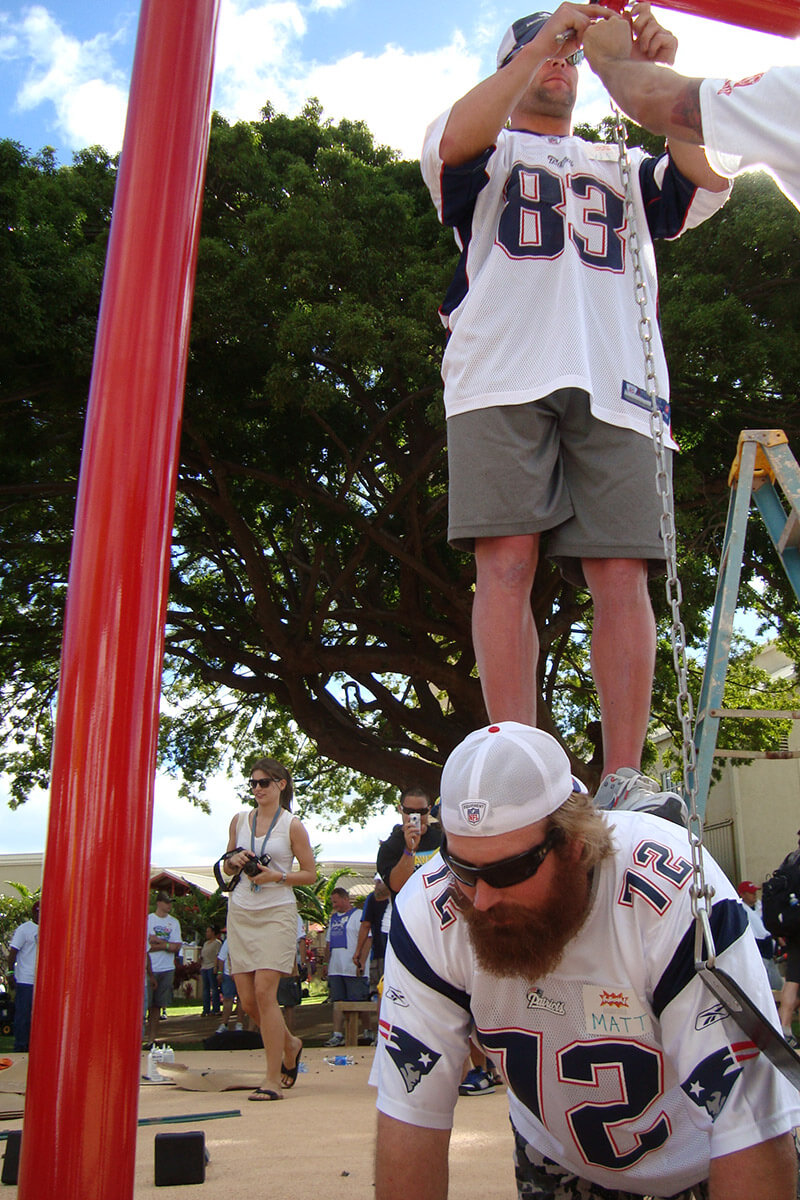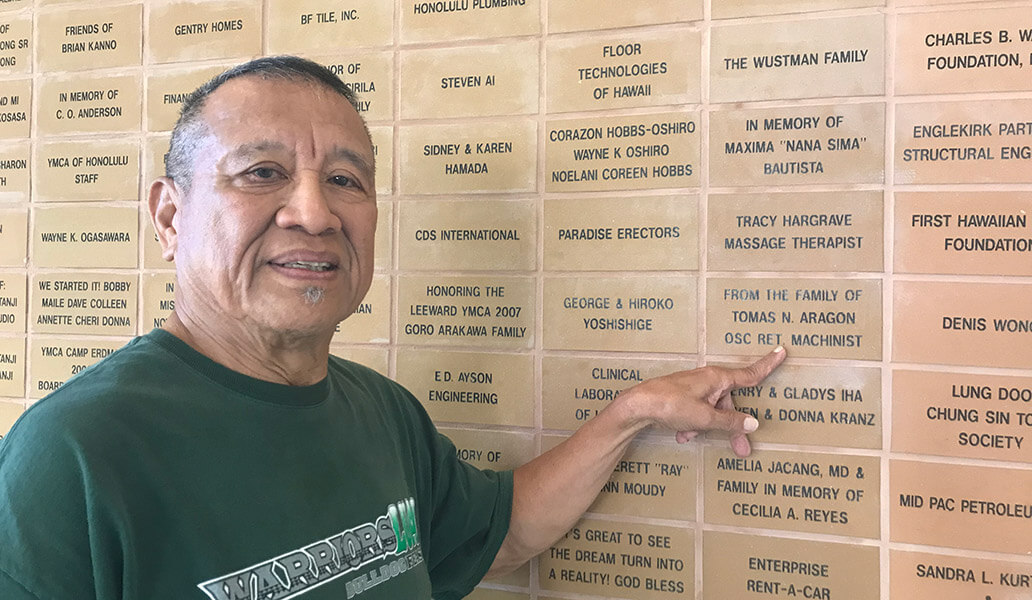Shopping Center to Sugar Mill.
YMCA Pushes Westward
The area outside of Honolulu was considered rural before WWII, but as troops returned, the suburbs expanded—and with them came an increased need for Y services. From 1965 through 1972, the Waipahu YMCA served youth, teens, and families out of a small rented space at the Westgate Shopping Center. As suburbs pushed westward, the Waipahu YMCA followed and in 1972, joined with the Rural YMCA in Wahiawa to become the West O'ahu Branch.
Reducing the Risk for At-Risk Youth
Meanwhile in Waipahu, drug abuse and gang activity were on the rise; the community needed the Y to return. In 1989, Waipahu YMCA moved back to Westgate Shopping Center with organized youth activities. In its first year, it served 412 at-risk youth and operated multiple A+ afterschool care sites. In 1992, the Waipahu YMCA was officially chartered as the Leeward YMCA.
Ensuring a Sweeter Future
The Oahu Sugar Company Mill was built in 1898, and when it closed in 1995, an integral part of the Waipahu Plantation community was lost. But thanks to generous donors, a determined community and the Y, the remodeled mill is now home to the Leeward YMCA where multiple generations continue to thrive.
